
Tag Archives Insect

Cutworms, flea beetles a concern for canola growers
Manitoba Insect & Disease Update for May 25

Manitoba potato growers brace for wireworm issue
The loss of Lindane then Thimet has resulted in growing and booming wireworm populations across Canada
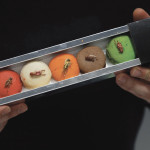
Flies, worms, crickets crawl onto EU policy-makers’ menu
Insects are more likely to serve as an animal feed than as food
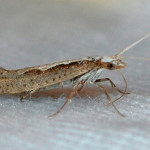
Genetically modified diamondback moth offers pest control hope
The modified moths can mate as well as any other but they only produce male offspring
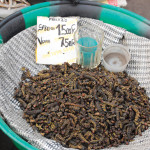
Insect farming gains ground in fight against hunger
A kg of crickets sells for twice the price of beef in the Kinshasa market

Summary of crop insects on Manitoba crops in 2014
Information intended to be useful for winter planning, preparations for next season

Plants can hear the difference
They respond differently to vibrations caused by chewing insects than to wind
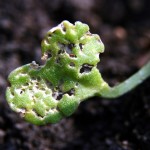
Later canola seeding could mean less flea beetle damage
In addition to flea beetles, farmers should be scouting for cutworms, wireworms and grasshoppers
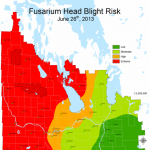
MAFRI pest and disease report for June 25







